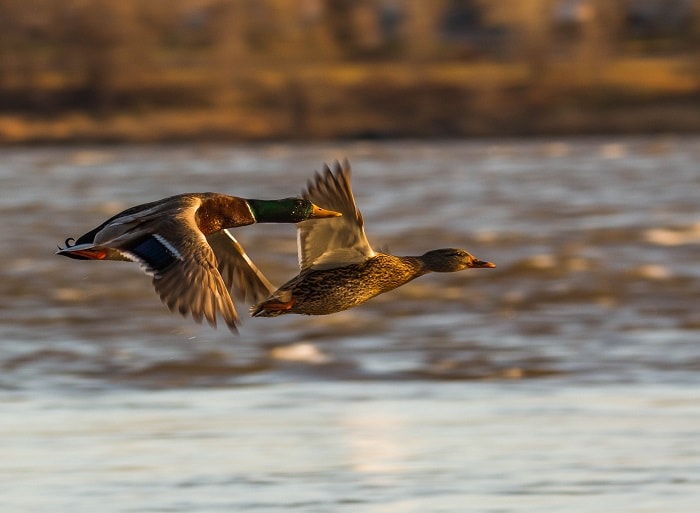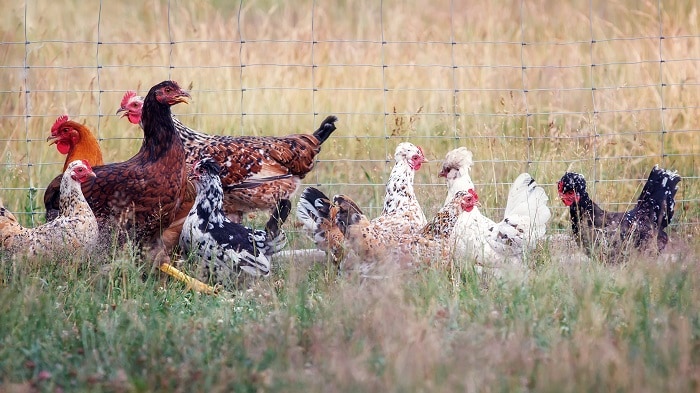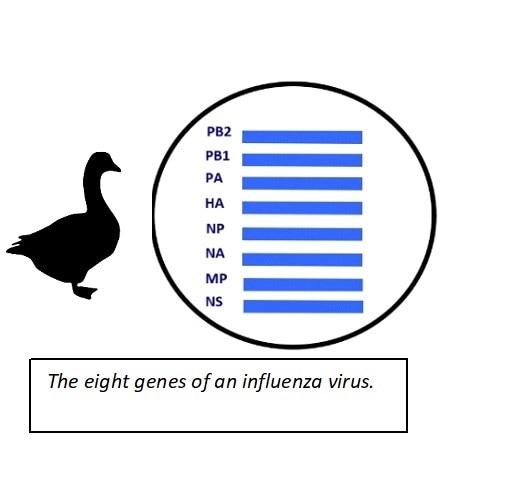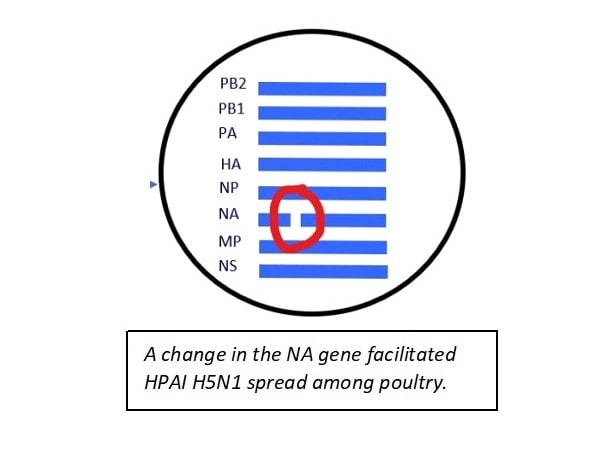Highlights in the History of Avian Influenza (Bird Flu) Timeline – 1960 – 1999
1960s – 1990s
The below timeline gives a summary of significant HPAI and LPAI outbreaks in birds, infections in people, and events from 1960-1999.

1960s
- During the 1960s several LPAI viruses of different subtypes were isolated from turkeys, chickens, ducks, quail, pheasants and partridges with respiratory and reproductive disease, providing new light into the great variation existing among influenza A viruses11,12. But the natural wild reservoir of these viruses still had not been identified.
1961
- An outbreak in wild birds (common tern) in South Africa suggests wild birds as a possible reservoir for avian influenza A viruses.
1967
- Researchers proposed a relationship between human and avian influenza A viruses after a study showed a relationship between the 1957 human pandemic influenza virus and an influenza A virus isolated from a turkey. The study raised the question, and triggered additional studies, on whether human influenza viruses are of avian origin.
1968
- The 1968 pandemic was caused by an influenza A (H3N2) virus comprised of two genes from an avian influenza A virus, including a new H3 hemagglutinin, but also contained the N2 neuraminidase from the 1957 H2N2 virus. In addition, the 1968 H3N2 pandemic virus was a reassortant virus between the seasonal human influenza A(H2N2) virus and a low pathogenic avian influenza A virus10. It was first detected in Hong Kong in July, and noted in the United States by September 196813,14,15. The estimated number of deaths was 1 million worldwide and about 100,000 in the United States.

1983
- In April 1983, an LPAI H5N2 virus circulated in chickens in the United States. Later that year, this virus had evolved into a highly pathogenic strain causing high mortality in affected flocks21.
1996
- HPAI H5N1 virus first identified in farmed waterfowl (geese) in Southern China in 199624.
1997
- In 1997, large HPAI H5N1 virus outbreaks were detected in poultry in Hong Kong, and zoonotic (animal to human) transmission led to 18 human infections with six deaths. These were the recognized first H5N1 human infections with fatal outcomes5.


